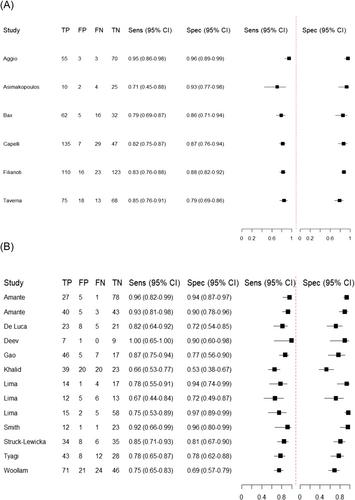Analysis of urinary volatile organic compounds for prostate cancer diagnosis: A systematic review
Abstract
Context
Prostate-specific antigen is non-specific for prostate cancer. This is improved by multiparametric MRI but a significant amount of indolent prostate cancer is detected by the current MRI pathway and data is emerging that clinically significant cancers maybe missed using a standard PSA threshold. Volatile organic compound (VOC) analysis may offer novel biomarkers for prostate cancer and clinically significant disease.
Objective
To perform a systematic review of the literature to evaluate the current evidence for the use of VOCs as novel biomarkers for prostate cancer and clinically significant prostate cancer.
Evidence Acquisition
A systematic search of MEDLINE, Scopus, Web of Science and the Cochrane Library was undertaken by two independent reviewers and papers were assessed for inclusion in the review. Study characteristics, sensitivity and specificity of GC–MS or eNose were extracted. Risk of bias and applicability issues were determined using QUADAS 2 and the quality of reporting using the STARD checklist.
Evidence Synthesis
Nineteen studies were included, of which 6 utilised eNose and 13 GC–MS. eNose sensitivity and specificity were 0.71–0.95 and 0.79–0.96, respectively, and GC–MS found a sensitivity and specificity of 0.66–1.00 and 0.53–0.97, respectively. There were concerns about bias in patient recruitment due to differences in the timing of the index test relative to the reference standard.
Conclusion
This review has found promising early results for urinary metabolomics in the detection of prostate cancer. However, there is a need for larger, high-quality studies to validate this. Future work should focus on the detection of clinically significant prostate cancer.


 求助内容:
求助内容: 应助结果提醒方式:
应助结果提醒方式:


